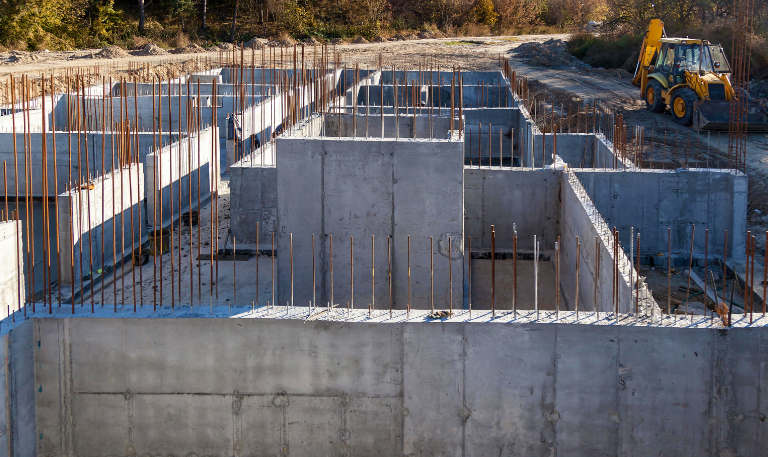Concrete Blocks Insulation: A Guide
In the construction industry, insulation plays a crucial role in ensuring that buildings remain energy efficient and comfortable for their inhabitants. One aspect that often goes unnoticed but has gained traction over the years is the insulation of concrete blocks. Concrete block insulation has emerged as a preferred method to enhance the energy efficiency of buildings. This guide aims to shed light on this vital aspect, its importance, and its application methods.
What is Concrete Block Insulation?
Concrete blocks, often referred to as cinder blocks or concrete masonry units, are commonly used in construction due to their strength and durability. However, like many materials, they have thermal properties that can be enhanced with proper insulation. Concrete block insulation is the process of enhancing the thermal properties of these blocks, ensuring that they act as barriers, preventing heat transfer and maintaining the desired temperature within a building.
Why is Insulation Necessary for Concrete Blocks?
While concrete blocks are exemplar materials for their durability and resilience, they are not perfect thermal insulators. The transfer of heat from within a structure to the outside (or vice versa), can be a disadvantage in both hot and cold climates. Insulating them ensures that the building can:
- Maintain consistent temperatures by reducing heat loss during colder months and keeping heat out during warmer months.
- Increase energy efficiency, leading to reduced heating and cooling costs.
- Prevent moisture accumulation. Proper insulation and waterproofing can also act as a barrier against moisture, preventing issues like mold and mildew.
Methods of Insulating Concrete Blocks
There are various ways to insulate concrete blocks, and the choice of method often depends on the specific requirements of the project:
- Core Filling: This involves filling the hollow cores of the concrete blocks with insulating materials. Materials like foam or loose-fill insulation are commonly used. This method is effective but requires the insulation to be done during the construction phase.
- Insulative Wall Systems: These are specialized wall systems that combine the benefits of concrete and insulation. They include systems like Insulated CMU which incorporate insulation during the block manufacturing process.
- Exterior Insulation: In this method, insulation is added to the exterior face of the concrete block wall. It not only provides insulation but can also improve the exterior appearance of the building.
- Interior Insulation: Similar to exterior insulation, this method involves adding an insulating layer to the interior face of the block wall. While effective, care must be taken to ensure that the interior decor and room space are not compromised.
Choosing the Right Insulation Material
The choice of insulation material is crucial in determining the effectiveness of the insulation process. Some commonly used materials include:
- Expanded Polystyrene (EPS): Lightweight and effective, EPS is often used in insulating wall systems and core filling.
- Polyurethane Foam: Known for its high R-value (a measure of insulation’s effectiveness), polyurethane foam can be sprayed or injected into block cavities.
- Mineral Wool: Derived from basalt or steel slag, mineral wool is fire-resistant and is effective in preventing heat transfer.
- Loose-Fill Cellulose: Made from recycled paper, it is eco-friendly and can be used for core filling.
Concrete block insulation, though often overlooked, is essential in the world of construction. Not only does it ensure that buildings remain energy efficient, but it also adds to the comfort and well-being of its inhabitants. By understanding its importance and methods, construction professionals can make informed decisions, leading to better, more efficient, and more comfortable buildings for all.

VP of MasonryTed Kelly
Latest News

4 Ways To Reinforce Concrete
Concrete is one of the most fundamental materials used in construction. If you’re working on a domestic project or a […]

The Environmental Benefits Of Using Ready-Mix Concrete
The construction industry is changing quickly to meet the growing demand for sustainability and eco-friendly practices. One of the most […]

6 Essential Tips For Grouting Stone Veneer
Grouting stone veneer is an important step in the installation process that can significantly impact the overall look and durability […]

Should You Fill Hollow Concrete Blocks?
Hollow concrete blocks are widely used in construction due to their strength, versatility, and lighter weight compared to solid blocks. […]
